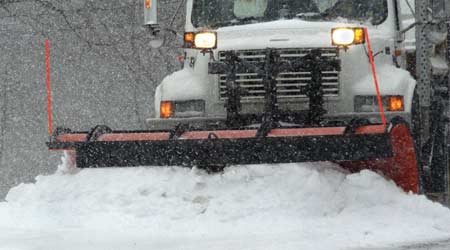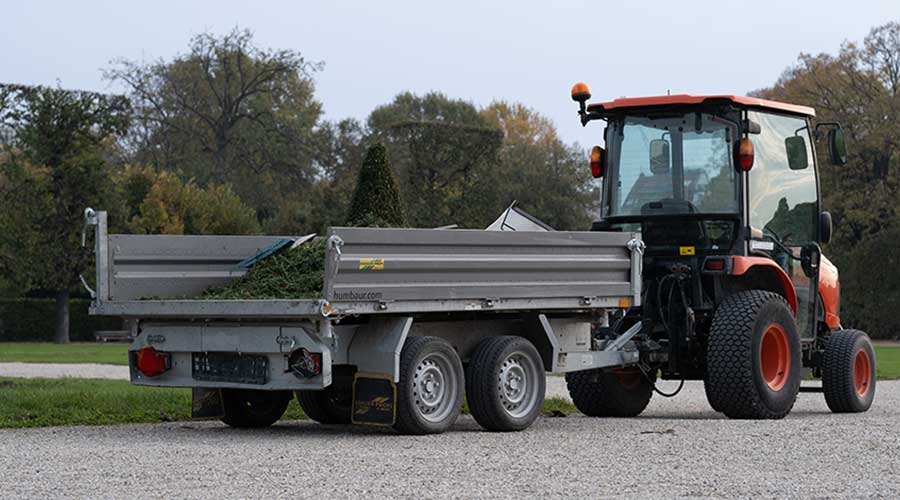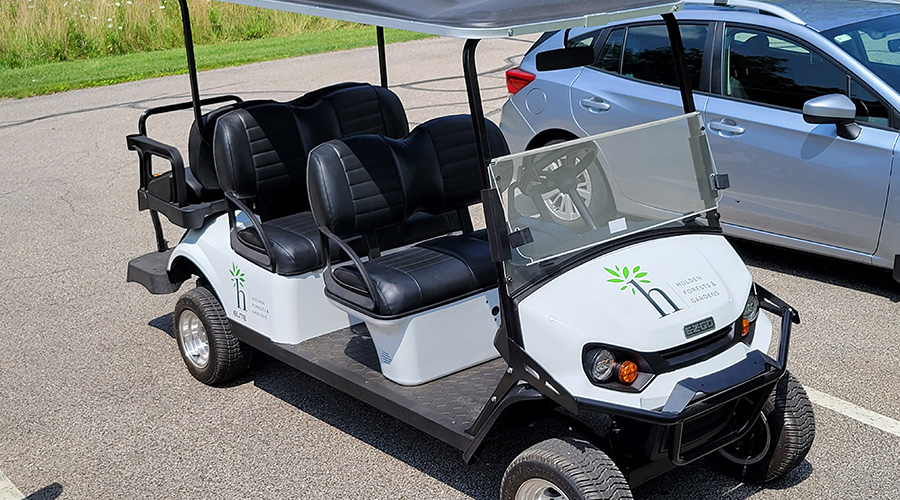 One of the biggest mistakes managers can make is to wait until the first snowfall to ensure that crews start the equipment-preparation process.
One of the biggest mistakes managers can make is to wait until the first snowfall to ensure that crews start the equipment-preparation process.Equipment Training for Snow and Ice Management
Preparing departments and equipment for winter centers on maintenance, inspection and training
If the process of inspecting winter equipment reveals major problems with a piece of equipment, managers can have some important decisions to make and actions to take to ensure crews have the equipment they need and that it performs as intended:
Place orders early. If the department needs new equipment for the upcoming season, managers should place orders as soon as possible. Place the order placed by the time the dealer receives its first equipment shipment rather than dealing with reorders and waiting on shipments when time is short.
Dealer support. Shopping around might save money up front, but it is hard to put a price on the support a local dealer can provide. Nobody wants to use their warranty, but when it is needed, it is nice to have a good relationship with the dealer who is only 15 minutes away.
Parts list. Make a list of any parts needed for maintenance of snowplows, spreaders and utility vehicles, and make sure to have extras in stock.
Stock spare supplies. Have site managers, supervisors or even equipment operators keep spare parts — such as hoses, fluids, and tools — in the truck in the event of a breakdown.
Operator training
It can be challenging for managers to arrange successful training for operators of snow-removal equipment when there is no snow on the ground. People in general struggle to remember the challenge of snow removal when they are not standing in it, and few materials can replicate snow, since it comes in many forms. But managers can make headway in developing and streamlining activities in many operational areas:
Formalize snow training. The first mistake managers must avoid is thinking snow-removal crews will just struggle through the first storm as a trial by fire, then get better after that. Nature tends to be unmerciful. Often, early winter storms are the nastiest, so crews must prepare for the worst and hope for the best.
Familiarize operators with equipment. Even if no snow is on the ground, ensuring all potential operators are familiar with equipment is critical. They should put on the plows, hook up the spreaders, get out the snow shovels, and have a snow training day in the fall.
Managers should walk operators through the major movements and scenarios they will face during winter to ensure they understand the optimal plowing patterns for various parking lots. Having them become physically familiar with the equipment will ensure experienced operators are ready. At the very least, it will give new operators a chance to get used to the way the equipment feels with winter attachments.
Focus on safety. Plowing snow and ice, especially when using pickup trucks or other large, enclosed equipment, seems pretty straightforward. But operators can face a great many risks at the wheel of a powerful piece of equipment, in slippery conditions, with low visibility, and potentially with pedestrians and other obstacles surrounding them.
Because of these circumstances, managers should make sure the training includes a focus on basic safety, including proper ways to move in reverse, circle checks on all equipment daily before operating them, proper shoveling techniques, recognizing the signs of sleep deprivation, and healthy eating habits. Managers also need to make sure safety-training programs include systematic documentation of training for employees to create a record of the training provided.
Related Topics:














